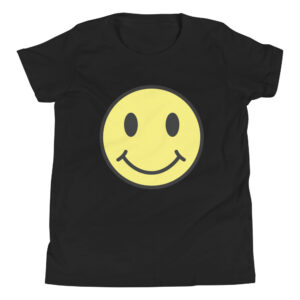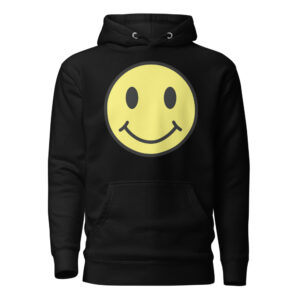From Workwear to Fashion Staple
Denim, once a humble fabric favored for its durability in workwear, has undergone a remarkable transformation to become an enduring fashion staple that graces runways and everyday wardrobes alike. This evolution of denim from its utilitarian roots to a symbol of style and versatility is a captivating journey that continues to inspire designers and fashion enthusiasts globally. In this article, we delve into the rich history of denim, tracing its origins, key milestones, and how it became an iconic piece in the world of fashion.
The Birth of Denim: A Sturdy Workwear Fabric
The origins of denim can be traced back to the 18th century when it first emerged in the French town of Nîmes. Referred to as “serge de Nîmes,” the fabric quickly gained popularity due to its durable nature, making it ideal for laborers, farmers, and miners. However, it wasn’t until the mid-19th century that denim found its way to the United States, where it would eventually cement its place in fashion history.
Levi Strauss & the Birth of Blue Jeans
The turning point for denim came with the innovative vision of Levi Strauss, a Bavarian immigrant who moved to San Francisco during the California Gold Rush. In partnership with Jacob Davis, Strauss patented the first pair of riveted blue jeans in 1873, designed specifically for prospectors seeking sturdy work pants. The riveted design enhanced the jeans’ durability, solidifying their reputation as the ultimate workwear garment.
Denim in Hollywood: A Symbol of Rebellion
The 1950s marked a new era for denim, thanks to Hollywood’s influence. Iconic actors like James Dean and Marlon Brando popularized denim as a symbol of youthful rebellion and nonconformity. Denim jeans became synonymous with the “bad boy” image, and teenagers across America embraced this new fashion trend, challenging societal norms.
The Bohemian 70s: Denim in Counterculture Fashion
In the 1970s, denim evolved once again, reflecting the spirit of the counterculture movement. Hippies and bohemians embraced denim in the form of bell-bottoms, denim vests, and embroidered denim jackets. This shift brought a new level of creativity and self-expression to denim fashion, transforming it into an emblem of free-spirited individuality.
High Fashion Meets Denim: The Designer Revolution
The 1980s witnessed a remarkable transformation as luxury designers recognized the potential of denim beyond casual wear. Pioneering designers like Calvin Klein and Ralph Lauren incorporated denim into their collections, elevating it to new heights of high fashion. Denim was no longer confined to blue jeans; it appeared in dresses, skirts, and even tailored suits, earning its place on prestigious runways.
The 90s and Early 2000s: Denim’s Versatile Resurgence
The 90s marked a resurgence of denim’s versatility. From grunge-inspired ripped jeans to the hip-hop scene’s baggy denim, this era showcased denim’s adaptability across diverse subcultures. Denim skirts, overalls, and denim-on-denim outfits became popular fashion choices, further cementing denim’s place in everyday wardrobes.
Sustainable Denim: A Fashionable Future with a Conscience
As fashion entered the 21st century, sustainability became a key focus. Denim manufacturers and designers began exploring eco-friendly alternatives, incorporating organic cotton, recycled fibers, and innovative dyeing techniques to reduce environmental impact. The rise of sustainable denim is a testament to the industry’s commitment to ethical and responsible fashion practices.
A Fashion Story for the Ages
Denim’s journey from utilitarian workwear to a fashion staple is a testament to its enduring appeal and adaptability. From the rugged gold rush days to gracing haute couture runways, denim has evolved alongside societal shifts, always embodying the spirit of its time. As the fashion industry continues to evolve, denim will undoubtedly remain a timeless and versatile fabric, forever celebrated for its ability to merge style and functionality in perfect harmony. Embracing denim is not just a fashion statement; it’s embracing a rich history that connects us to the past while shaping the fashion landscape of the future.





